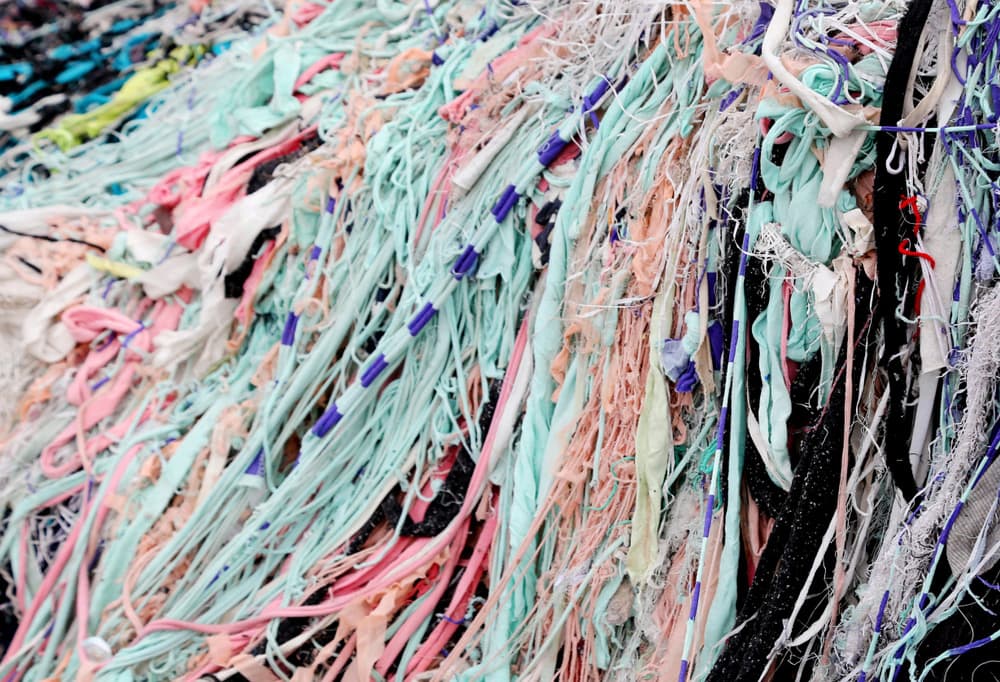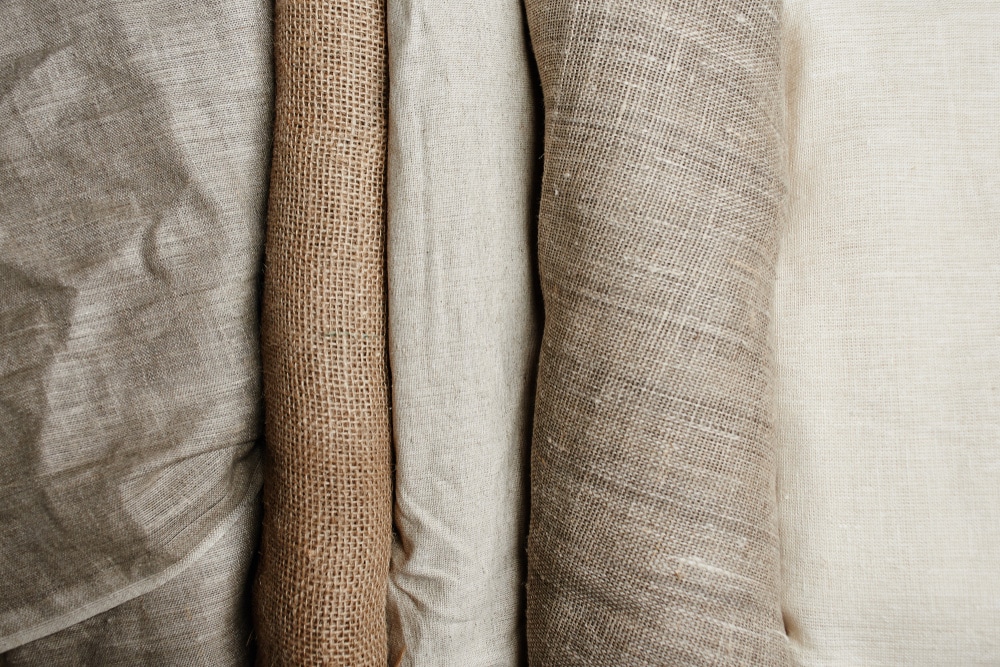There’s a plastic-free month (July), tips like 100 steps to a plastic-free life, and the willingness of many to reduce plastic. The plastic we use today derives from natural oil or gas, which is refined and heated called “cracking” and then turned into ethylene and propylene. It takes 450 years on average to decompose these materials.
Some neglectable quantities are produced from plant-based oils. There’s also recycled plastic, i.e. rPET, when we reuse some of the old material.
The annual global plastic production has doubled within the last 20 years from 200 million metric tons in 2002 to 367 Mio tons in 2020 (statistica.com). That very suitable material that functions for almost everything in life has become a problem since we realized it manifests itself not only where we put it. We find plastic today in our food (i.e., Fish), oceans, soil, human bodies, and animals. We know that a significant part of microplastic is tire wear particles, next to all the packaging bags, foils, etc. But another major producer of microplastic is the retail community with all our clothes.
Workwear Is a Heavy User of Plastic
We consciously decided to go plastic-free. Knowing that our customers today mostly only know workwear made of at least 30 % plastic, mostly 50-75%. Workwear requires special features like abrasion resistance, higher stability, and frequent washing cycles. We know this ourselves since we used workwear every day for a long time. Not too long ago, there used to be times when workwear was made of plant-based fibers only, the same as our jeans. So we went back to our roots and evaluated all plant-based materials available for the mass market today.

Plant Based Material Is One Solution for Clothes
Hemp is the material of choice, as it used to be the standard for ropes, sails, and cloth. It was banned 1920 in many parts of the world, starting with campaigns in the US due to cannabis restrictions and other lobbyism. These bans partly still exist, neglecting that cannabis Sativa, industrial hemp, is very different from the THC-rich hemp plants. We decided on a solid canvas fabric made of organic hemp and organic cotton. We’ve tested the material a lot and are happy with its robustness, comfort, and heat compensating character.

enywear and Plastic
We still use plastic parts. We found limitations with zippers, and velcro. For zippers, the industry is testing with recycled PET from bottles and plant-based plastic (YKK). Together with our suppliers, we will keep developing these parts with the target of a fully 100% plastic-free garment.




Comments (0)